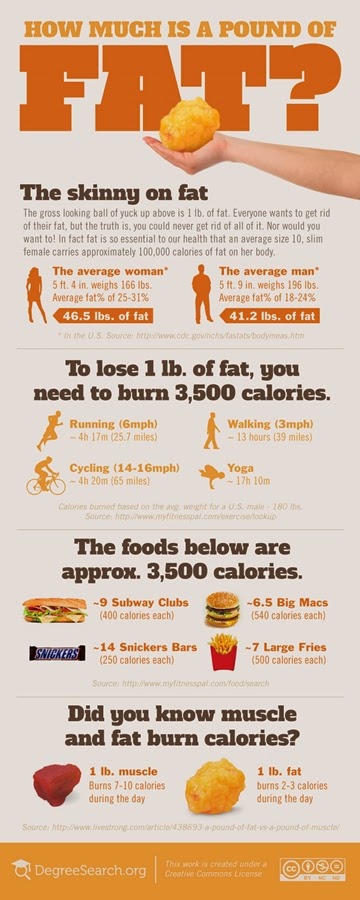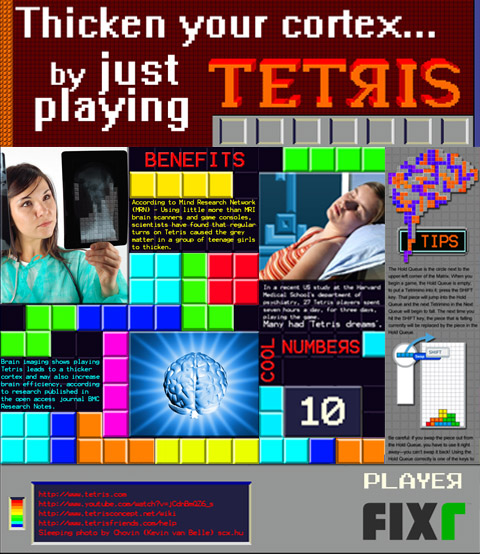More and more research confirms the health benefits of regular exercise. Now a new study published in The Journal of Neuroscience suggests that moderate aerobic exercise may slow the progression of diseases that destroy the retina of the eye and eventually cause blindness.
Age-related macular degeneration is characterized by a gradual deterioration of the macula, the central part of the retina that helps you perceive fine details in your field of vision. As a result, central vision and sharpness is impaired, problematizing daily tasks like driving and reading. The Centers for Disease Control and Prevention (CDC) estimates that the condition currently affects about 1.8 million Americans over 40.
The study
Although several studies in animals and humans point to the protective effects of exercise in neurodegenerative diseases or injury, less is known about how exercise affects vision.
Machelle Pardue, PhD, together with her colleagues Eric Lawson and Jeffrey H. Boatright, PhD, at the Atlanta VA Center for Visual and Neurocognitive Rehabilitation and Emory University, ran mice on a treadmill for two weeks before and after exposing the animals to bright light that causes retinal degeneration. The researchers found that treadmill training preserved photoreceptors and retinal cell function in the mice.
Bottom line
"One point to emphasize is that the exercise the animals engaged in is really comparable to a brisk walk," Pardue says. "One previous study that examined the effects of exercise on vision in humans had examined a select group of long distance runners. Our results suggest it's possible to attain these effects with more moderate exercise."
"This is the first report of simple exercise having a direct effect on retinal health and vision," Pardue said. "This research may one day lead to tailored exercise regimens or combination therapies in treatments of blinding diseases."
Another recent study concluded that moderate exercise could decrease the risk of stroke in women by 20% and could offset the increased risk in women taking postmenopausal hormone therapy.
The study found there was no need to run the marathon or do intense strenuous exercise to get the health benefits and the effects can be immediate.
Professor Sophia Wang, lead author of the study, said: "I was surprised that moderate physical activity was most strongly associated with a reduced risk of stroke. More strenuous activity such as running didn’t further reduce women’s stroke risk. Moderate activity, such as brisk walking appeared to be ideal in this scenario."
The study also found that overweight women with diabetes had an increased risk of stroke. Says Prof. Wang, "Physical activity, obesity and diabetes are all highly correlated with one another. Stroke prevention among diabetics is thus a particularly important scientific question to address."
What we CAN do to prevent diseases
The study recommended that women incorporate some type of physical activity into their daily routine and Prof Wang said: "You don’t have to do an extreme boot camp. The types of activities we’re talking about are accessible to most of the population." Power walking and recreational tennis, for example, do not necessarily require special memberships to gyms.
Sources: http://www.sciencedaily.com/releases/, http://www.medicalnewstoday.com/, http://www.eurekalert.org/, http://www.medicaldaily.com/, http://usaherald.com/43125/,




























